CBP
-

How Sampling Honey Helps DHS Encourage Legal Trade
Sampling honey can help the Department of Homeland Security promote legitimate trade, according to researchers at the Border, Trade and Immigration (BTI) Institute, a DHS Science & Technology Center of Excellence led by the University of Houston.
7m read -
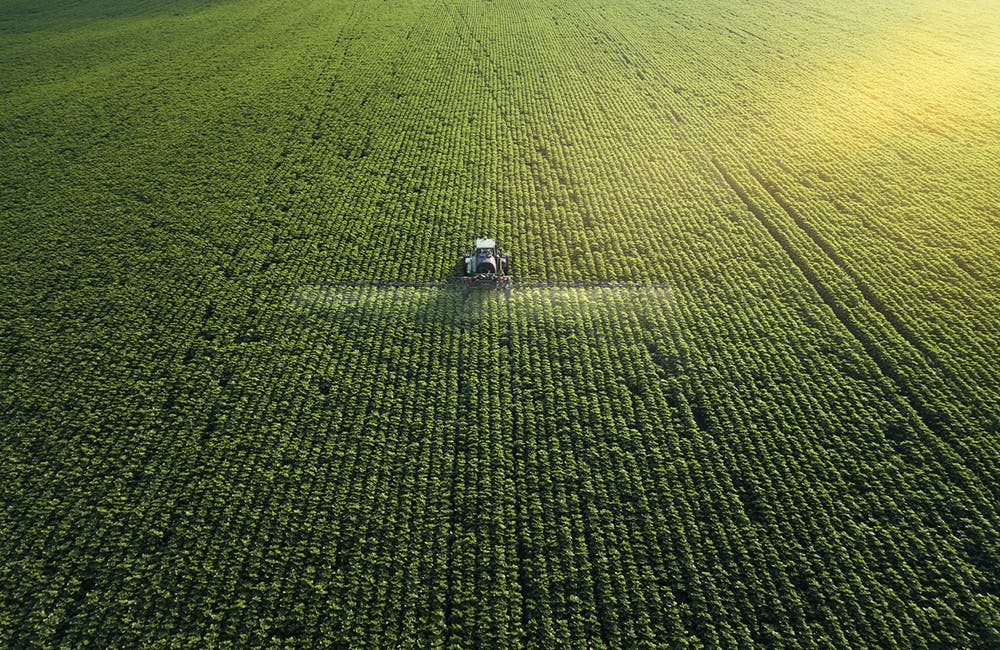
Academics Highlight Food Supply Chain Risks During Pandemic
When the COVID-19 pandemic hit, academia stepped in to help keep food supply chains moving.
7m read -

Airport Security, AI Among DHS Lab's Tech Innovation Projects
A university under the Department of Homeland Security's center of excellence program is helping the agency innovate technologies around various mission areas including long security lines at airports, automation in procurement, and detection of smuggling routes.
7m read -
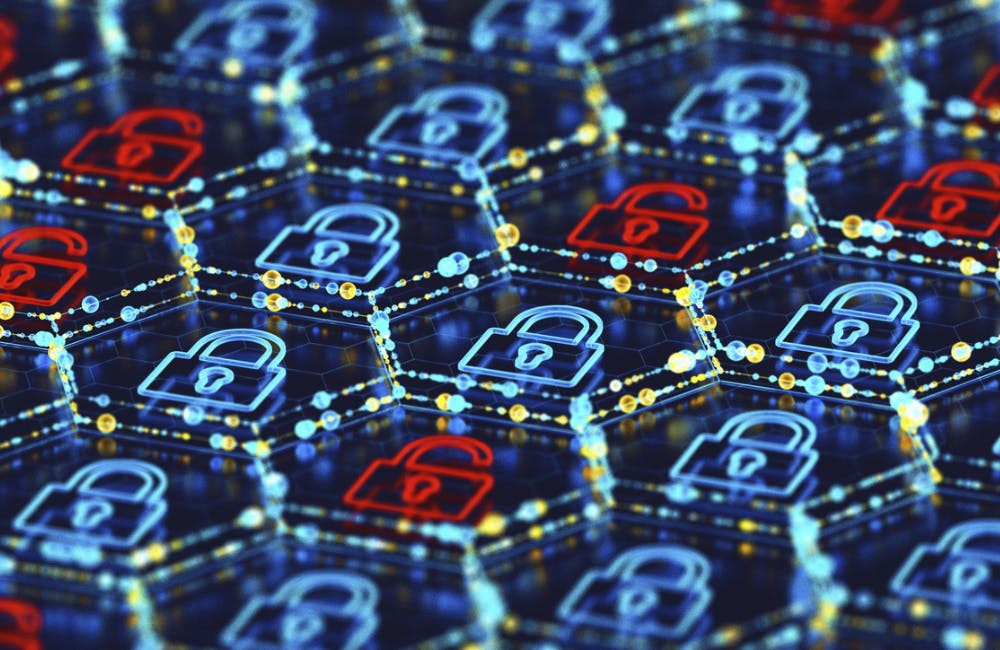
Zero Trust's Role in Teleworking, Cloud Migration
Federal CISOs discuss mitigation strategies for inevitable cyber attacks.
7m read -
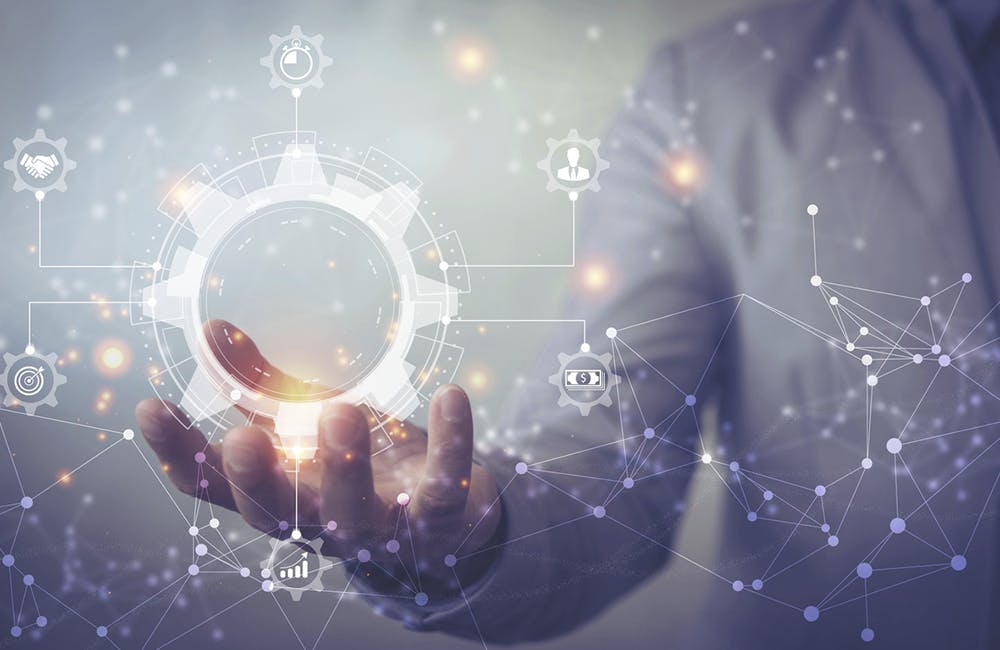
'As-a-Service' Models Key to Improving Agencies' Customer Experience
Federal IT leaders are modernizing their IT infrastructure with multi-cloud environments, “as-a-service” approaches and other ways of iteratively updating systems to deliver more seamless and improved delivery for the customer experience.
7m read -

CBP is Doubling Down on Biometrics Transparency
U.S. Customs and Border Protection's new facial recognition technology not only helps detect imposters, but also it helps create a contactless environment for CBP agents and passengers entering the U.S. during the COVID-19 pandemic.
7m read -
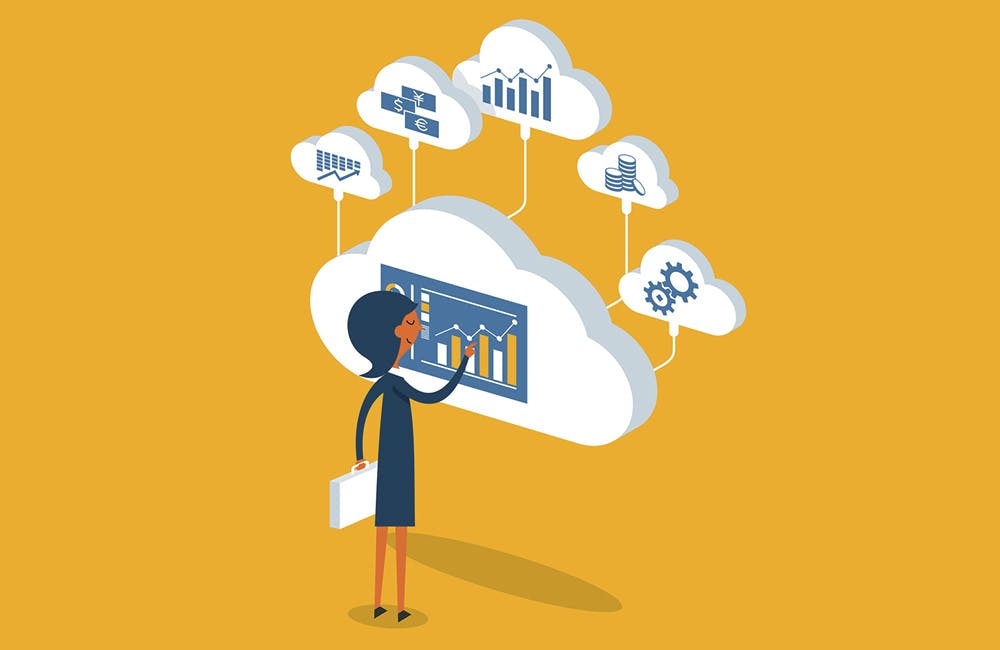
Hybrid Cloud Has Mission Promise for CBP
CBP is using an integrated cloud approach in support of the national security mission across its agencies.
7m read -
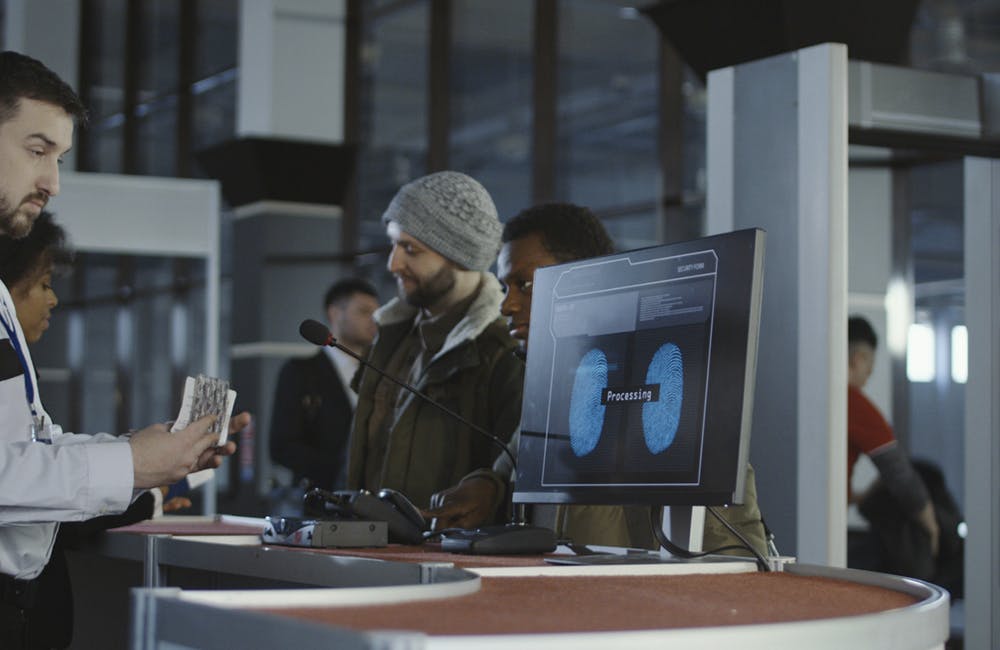
How Biometric Tech Offers Safer, Faster, More Enjoyable Travel
TSA and CBP pilot facial-recognition programs with an eye on security and privacy.
7m read -

CBP's Facial ID Tech in Focus at House Hearing
The U.S. Customs and Border Protection is partnering with the National Institute of Standards and Technology to improve the agency's algorithms in its facial recognition technology for identifying people coming into the U.S., agency officials said during a House hearing that evaluated the current state of the technology.
7m read











